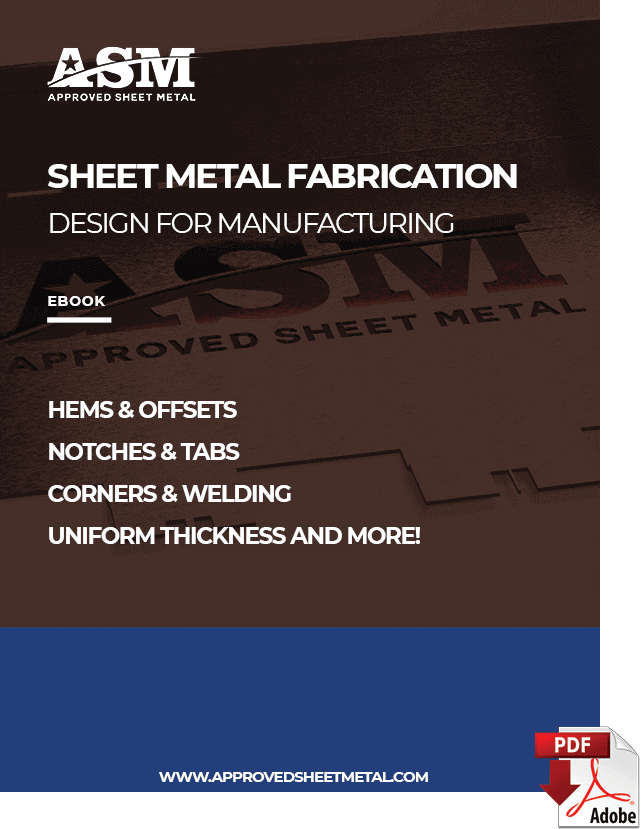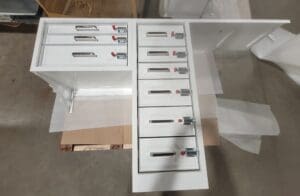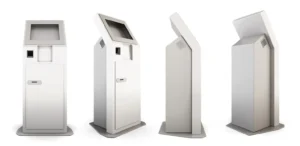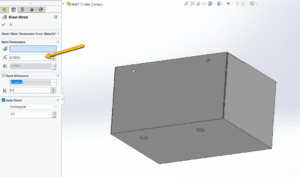Last updated on June 27th, 2024 at 09:26 am
When a manufacturer receives drawings or a CAD model for a sheet metal part, it isn’t always clear how that part will be used. Most prototype design engineers focus on getting the specs right, but they may not include whether the component is internal or external.
And providing those details can greatly reduce cost and lead time on the sheet metal shop floor. That’s because whether your part is internal or external is crucial to how your manufacturer decides to make it.
Table of Contents
- 1 External or Internal Parts: Why Your Manufacturer Needs to Know
- 2 Sheet Metal Design for Manufacturing
- 3 Sheet Metal Show Part FAQ
- 3.0.1 Why is it important for the manufacturer to know whether a sheet metal part is external or internal?
- 3.0.2 What is the significance of designating a part as a "show part"?
- 3.0.3 How does informing the manufacturer that a part is for internal use impact the quoting process?
- 3.0.4 Can designating a part as internal result in cost and time savings?
- 3.0.5 What should I do if my current manufacturer doesn't ask about the intended use of my part?
External or Internal Parts: Why Your Manufacturer Needs to Know
External parts are show parts. Here at our precision sheet metal shop, we know that a show part has to be a Class A finish. There can’t be any nicks, dings, or scratches, and everything needs to have clean edges and be polished to shine. We can also make recommendations for powder coating, color-anodizing, metal plating, and other finishing techniques to make your part stand out.
Having a conversation with your manufacturer to let them know that your part is a show part. Here at Approved Sheet Metal, we always factor in those finishing operations so we can provide the most accurate quote and ensure we meet our deadlines.
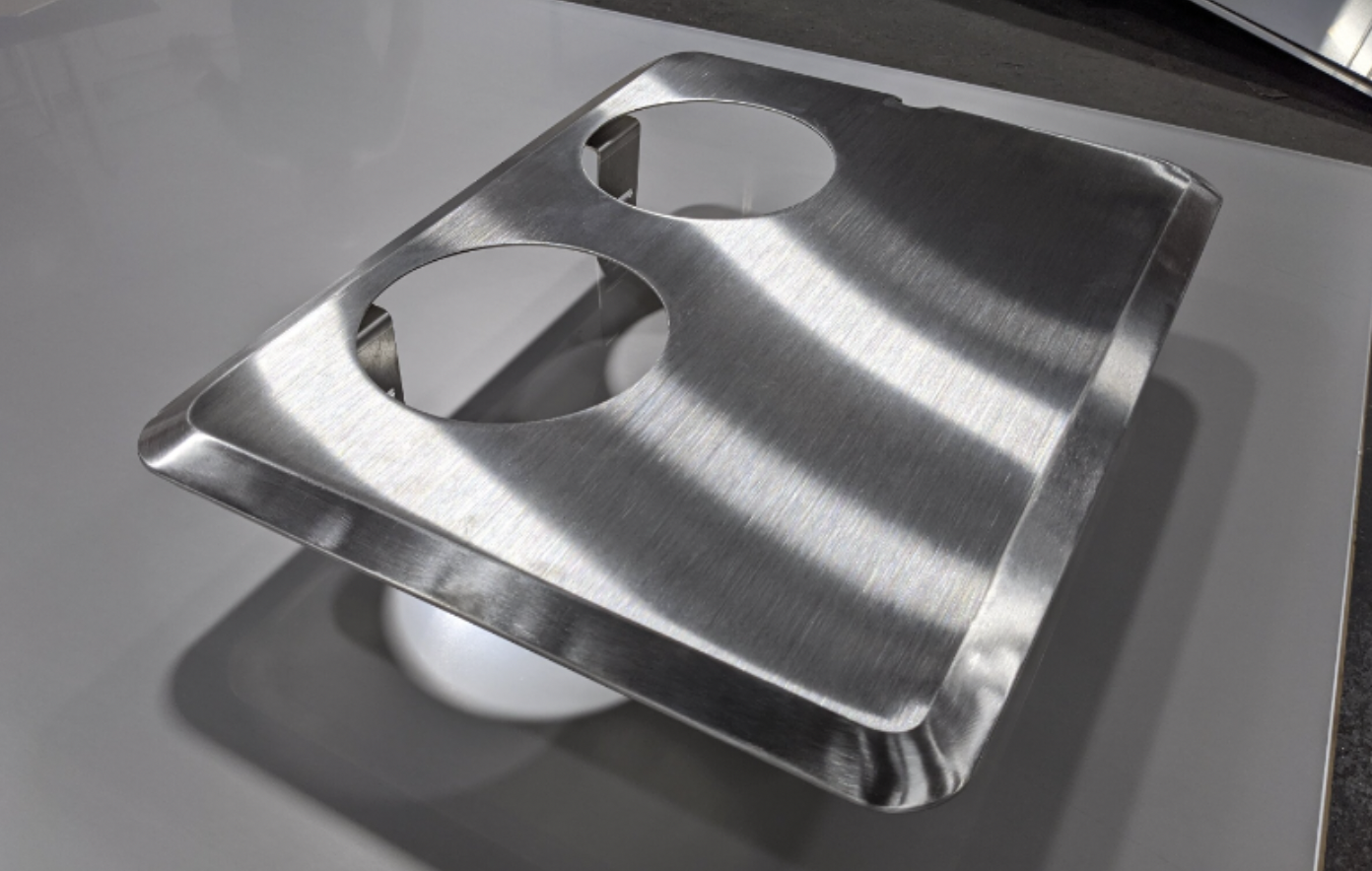
It’s not just considering the time it takes for finish grinding or polishing—if you work with a shop that doesn’t handle external parts with care, you’ll end up with rejects, which you may not discover until you receive the finished parts.
On the other hand, letting your manufacturer know you’re producing internal parts allows them to adjust your quoting—so you’re not paying for cosmetic finishing that your part won’t need. These changes won’t affect the quality, strength, or tolerances of your part whatsoever. We’ll only make adjustments based on cosmetic appearance.
We recently worked with a customer who needed internal parts only. We always ask whether the part will be visible as part of our quoting process. By using a technique that’s simpler than finish grinding, we ended up saving a full 20 minutes per part and were able to reduce lead time by 30%!
If your manufacturer isn’t asking about whether your part is for showcase or internal use, come talk to us. At Approved Sheet Metal, we’re constantly on the lookout for how we can save you time and money. We proactively ask what your part is for, so we can recommend finishing options that can improve the end appearance you’re looking for.
So, let’s have a conversation. We want to work with you.
Sheet Metal Show Part FAQ
Knowing whether a part is external or internal is crucial because it directly impacts how the manufacturer decides to produce it. External parts require a Class A finish with no imperfections, which affects the manufacturing process and costs. Internal parts, on the other hand, don't require cosmetic finishing, allowing for cost savings.
Show parts are external components that must have a flawless, Class A finish. They demand extra attention to detail, including polishing, and may involve additional finishing techniques. Communicating that a part is a show part to the manufacturer ensures accurate quoting and meeting deadlines.
If a part is designated for internal use, the manufacturer can adjust the quoting accordingly, eliminating costs associated with cosmetic finishing. This adjustment doesn't affect the part's quality, strength, or tolerances; it only relates to its cosmetic appearance.
Yes, designating a part as internal can lead to cost and time savings. By not requiring cosmetic finishing, such as finish grinding, the manufacturing process becomes more efficient, reducing both the cost and lead time for the part.
If your current manufacturer doesn't inquire about the intended use of your part, consider discussing your requirements with Approved Sheet Metal. They proactively inquire about the part's purpose and recommend finishing options to achieve the desired appearance while optimizing cost and time savings.

